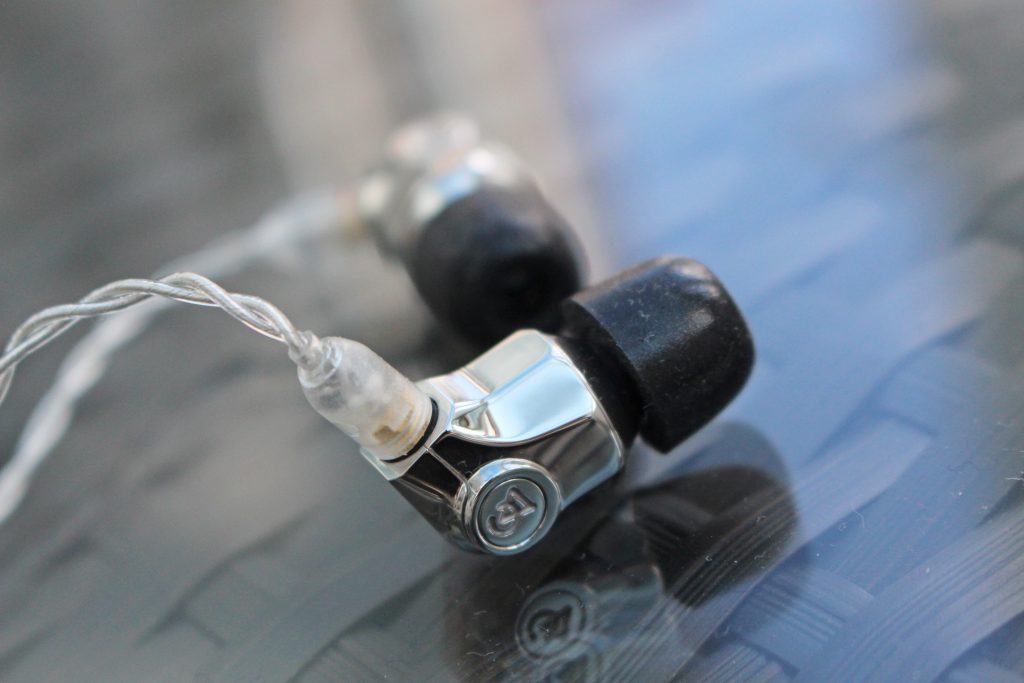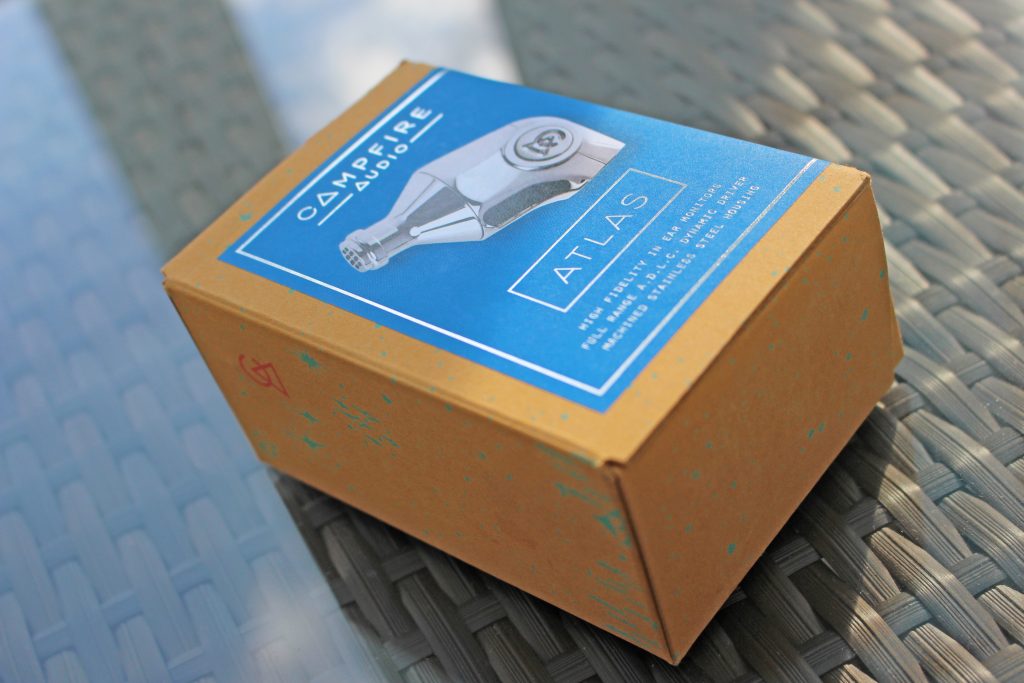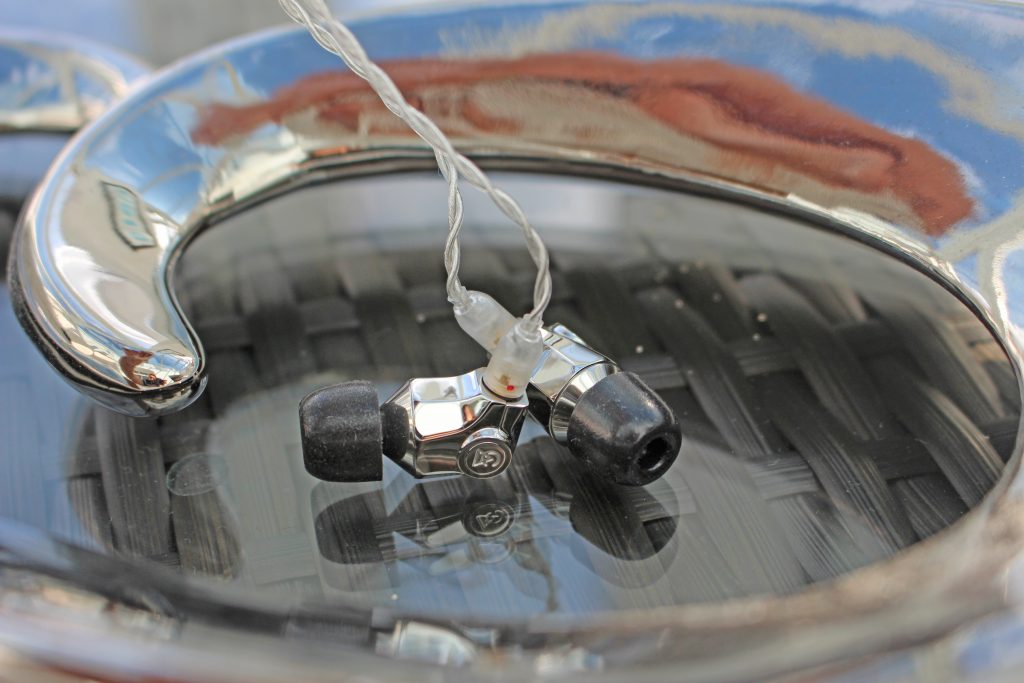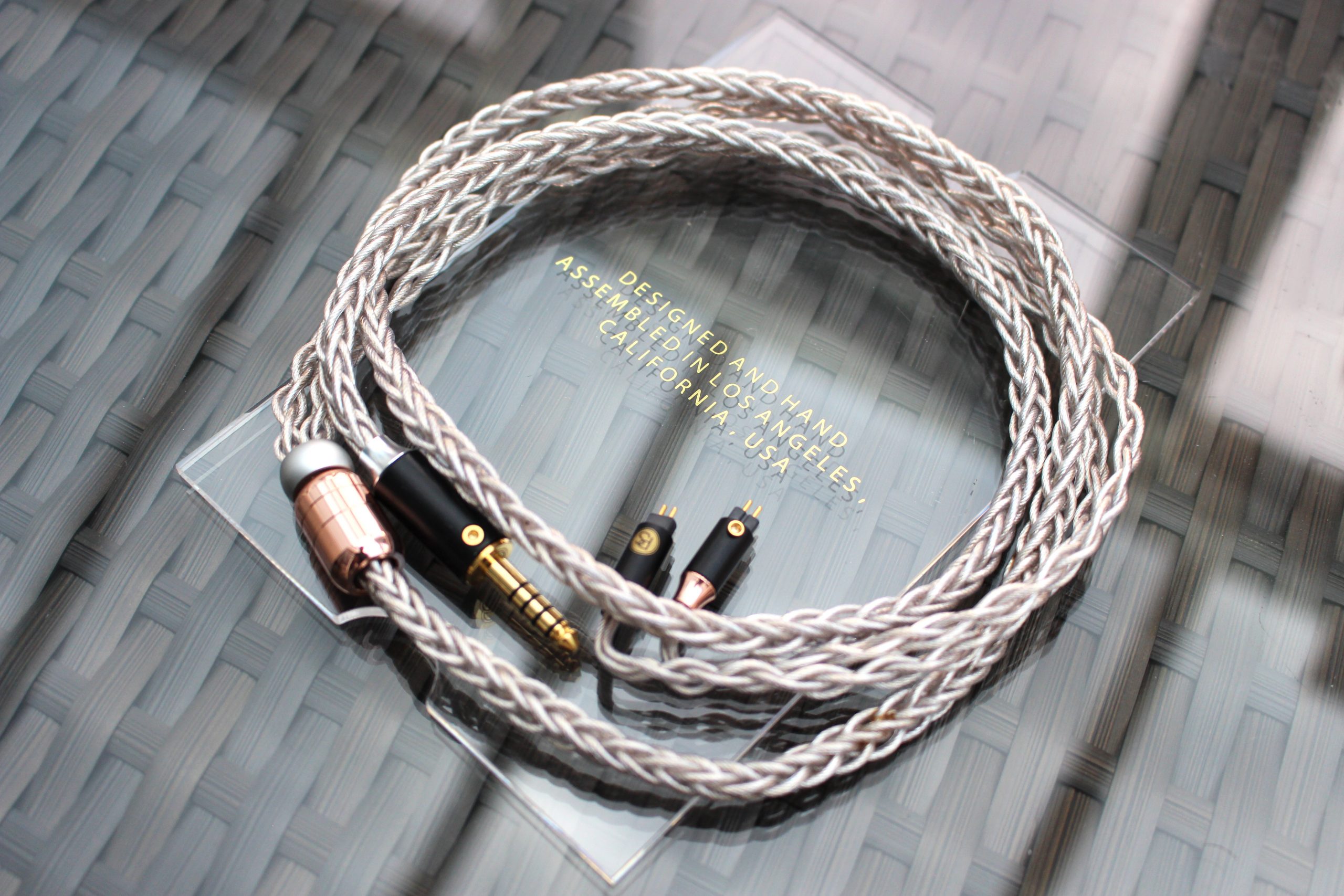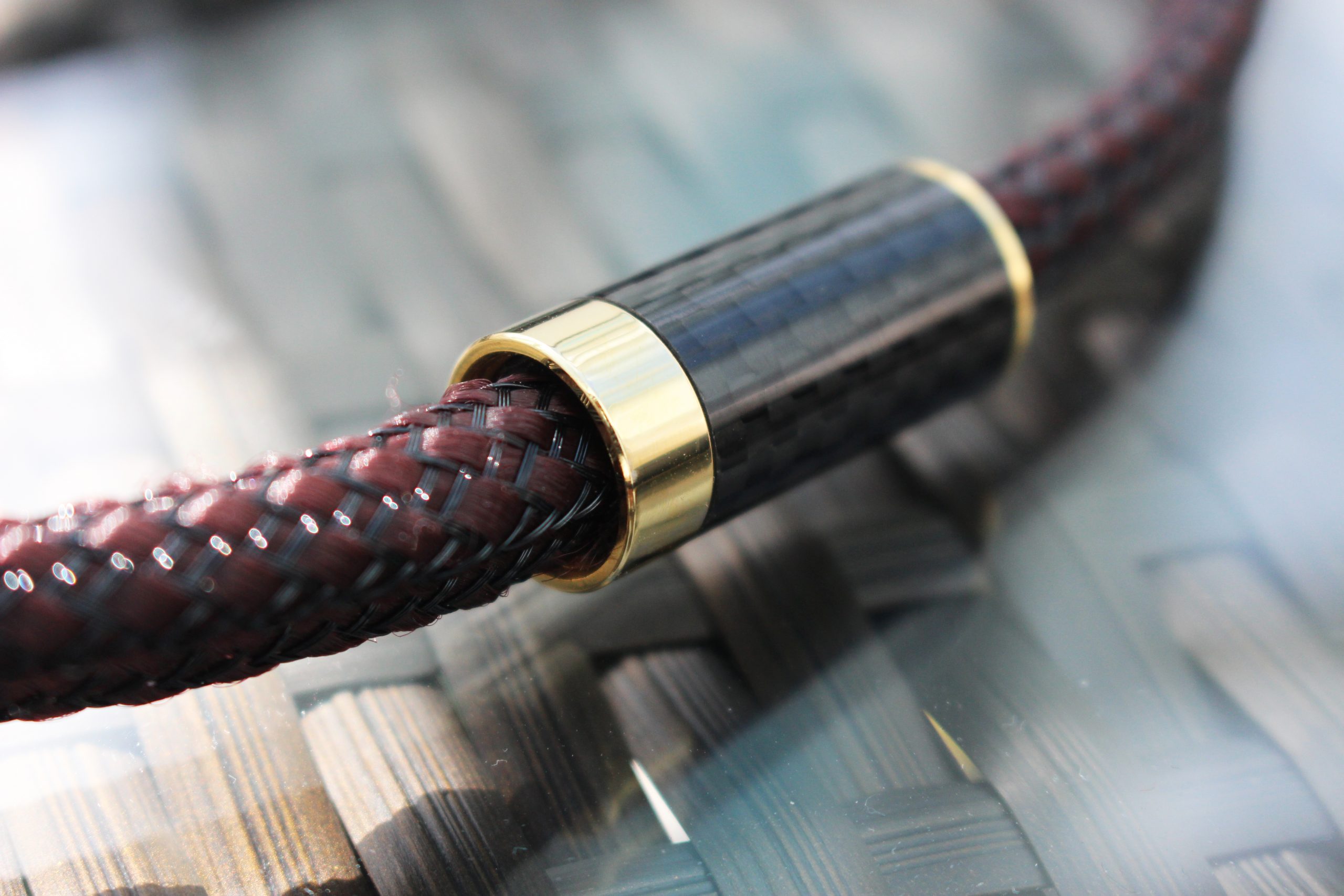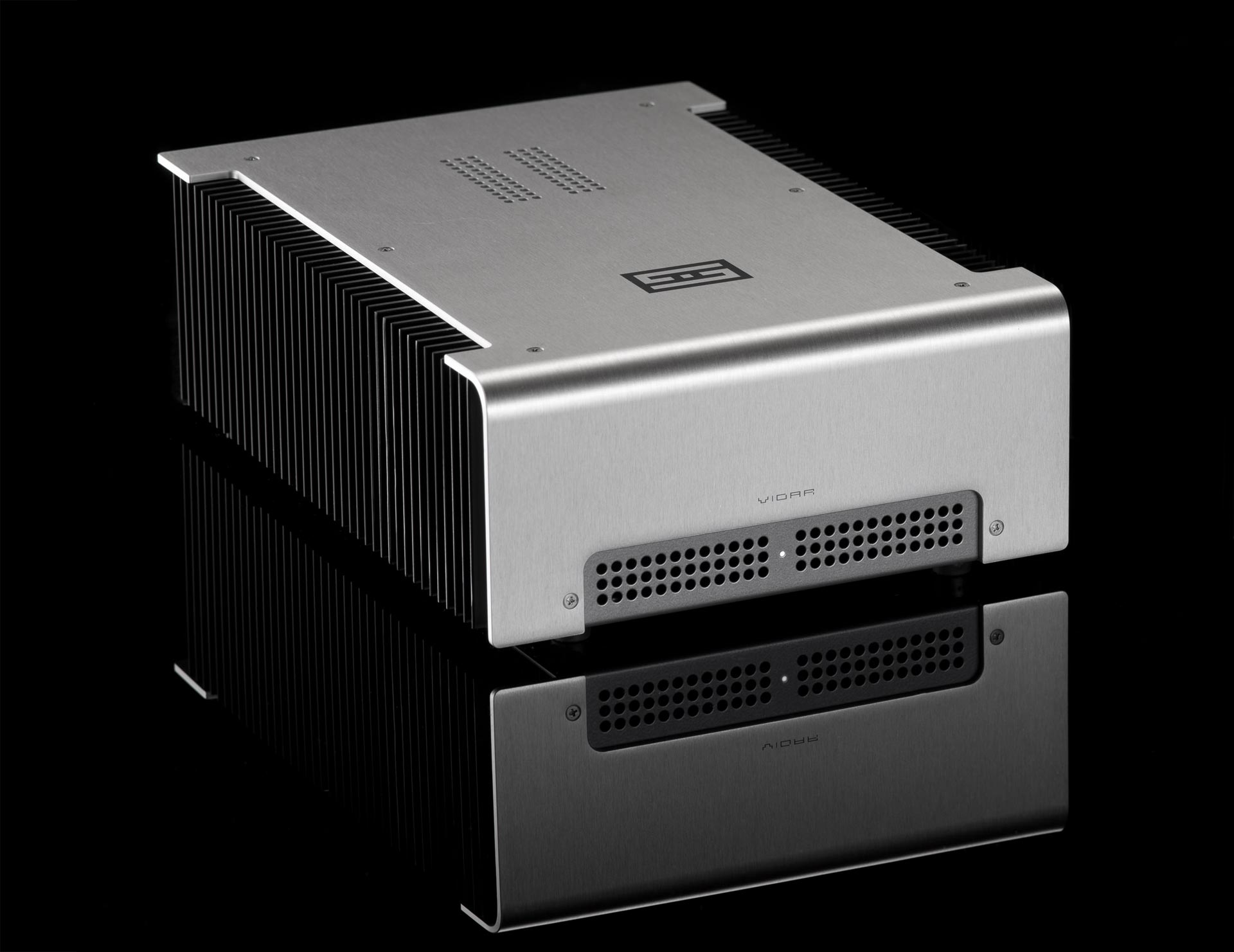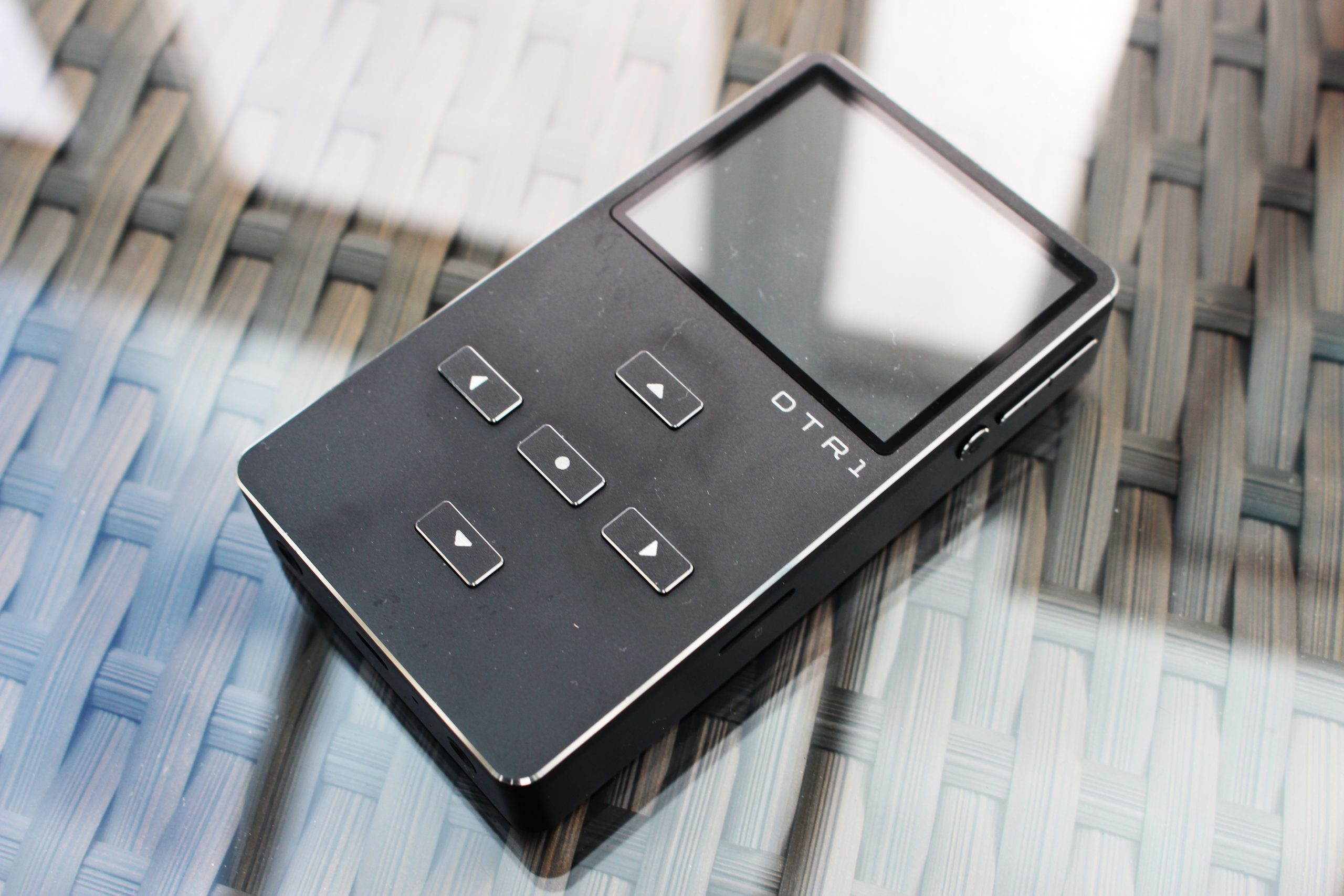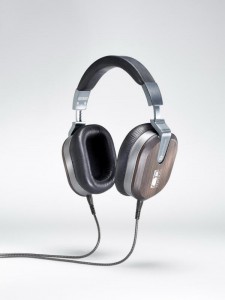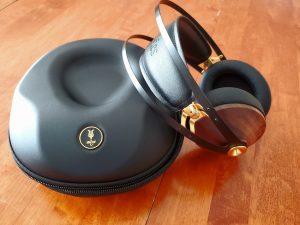Known for its industrial designs and commitment to sound tuning, Campfire Audio represent a bold and daring personal audio company in the midst of an already populated marketplace. Headed by Ken Ball, who oversees both Campfire and its parent company ALO audio, the boutique brands have earned a solid reputation amongst both audiophiles and the mass market alike.
The new Atlas IEM replaces Campfire Audio's previously well-acclaimed Vega. At a price point of $1299, the Atlas implements the same single diamond-like carbon driver as the Vega before it, but this time in a superior stainless-steel housing and an all-new Litz cable. By no means cheap, the Atlas promises a full and engaging sound, and is the culmination of years of fine tuning and product design. To find out whether the product lives up to the hype, please read on.
The Packaging
The packaging of the Campfire Audio is always polished, compact, and well-executed. As with their previous line-up, the Atlas packaging adopts a blue speckled pattern amongst a plain orange backdrop. In the center is an image of the earphones themselves, with a concise description of the product underneath. The clean and sharp lines adds to a very classy look and ties in well with the overall brand theme.
Included with the packaging is a large premium black leather case perfect for the long commute. The earphones themselves come equipped with two fabric pouches to keep the housings safe from any scratches or imprints.
The case houses 5 pairs of Final Audio E-tips, 3 pairs of foam tips and 3 pairs of Campfire's own silicon earphone tips. In total, the 11 pairs of tips are a generous amount for consumers seeking variety and an appropriate fit.
Also included is a black earphone pouch, cleaning tool, blue user guide, and an interesting Campfire Audio branded broach.
As with the Solaris, Campfire have gone the extra mile in delivering a kit which provides an abundance of accessories to help consumers out in all occasions.
Build and Design
The Atlas comes in a bullet-shaped assembly with a more polished look than the Vega monitors before it.
The new stainless steel body is said to be drop forged and then CNC machined to achieve the specific look before being hand polished. Components have also been 3D modeled to achieve better control of acoustic design and overall fit.
Build quality is outstanding, and the earphones feel sturdy to the touch. The angled MMCX connectors provide a deeper fit and are well integrated into the housings of the earphones.
Driver configuration
The Campfire Audio Atlas adopts a new 10 mm driver which has been upgraded in size compared to its predecessor. Like the Vega, the Atlas uses "Amorphous Diamond-Like Carbon" hybrid of diamond and graphite to provide a highly rigid and yet less dense diaphragm material to aid sound propagation. The end result promises lower distortion, higher fidelity, and a well regarded breadth of frequency response.
Cable
The newly pure silver Litz cable has silver conductors to aid resolution and refinement. Microphonics are reduced with the braiding of the cable, and comfort levels are second to none. The clear housings add to the aesthetics of the Atlas, and both the MMCX connectors and L-shaped 3.5 mm jack termination provide secure fits.
Fit and Isolation
The Campfire Audio Atlas provides a more than comfortable fit with the angled MMCX connectors and the foam ear tips. One thing to note is that nozzle is not the deepest, and the earphones do tend to protrude out. Another is that the Atlas is particularly susceptible to driver flex with natural adjustments, and thus it does take a longer time to perfect the best fit.
Isolation levels as a result of the minimum insertion were average, but did improve with deeper insertion. Due to the sensitivity of the earphones, loud volumes need not be played to drown out ambient noise levels.
Sound impressions
Lows
The bass of the Atlas certainly packs a punch with its great levels of authority and drive. Immediately in Daft Punk's "Doin' it Right" the sub-bass frequencies extend very low with a large note thickness. On top of this, the texture is great with a nice rumble that can not only be heard but also felt. Resolution levels are also great with bass, which feels focused and well-controlled as opposed to splashy and bloaty. While not as fast as low frequencies experienced from a balanced armature IEM, the Atlas avoids spillage into the lower midrange through a snappy low-end performance. While the sheer volume and depth of bass is not normally configured in audiophile-geared IEMs, the Atlas is a rare item which capitalizes on both a fun and detailed sound. Compared to the Campfire Audio Solaris, the bass on Atlas does trade a bit of resolution and speed for a more visceral and impactful low-end. Perhaps on other end of the scale, the Dita Audio Fealty IEM handles a more analytical bass line devoid of thunderous depths and impact. Overall, the Atlas renders an engaging sound due to its involving and large bass.
Mids
Akin to the lows of the Atlas, the midrange is full bodied and smooth. However, the midrange does feel slightly recessed following a u-shaped imposition. This allows a greater sense of space, but does sometimes become secondary to the lows in bass-heavy tracks. At no point are there are harshness or stridency in the midrange of the Atlas. Instead, the warmth from the lower-frequency spectrum, as well as large thickness note presentation, works to give the Atlas a musical tonality. Compared to the Vegas, however, the Atlas invites a more refined midrange with better separation and detailing. The Solaris takes it a step further with better expression of both micro- and macro-dynamics. One thing to note is that the Atlas pushes a large sound that demands attention; vocals seem to float around the listener which gives the IEMs a nebulous quality. This makes tracks sound distinct and encapsulating in their own right. This is especially evident in "Circles" by Post Malone, where vocals sound grandiose and along with the backing track display an ethereal presentation—impressive for what an IEM has to offer.
Treble
The treble of the Atlas falls in a more coherent and linear path than the slightly uneven frequency of the Vega. This is achieved by the elevated upper mids that naturally follow the sparkle of the lower treble. All the while, the character is smooth with a nice sense of height. Although not as sparkly as the Dita Audio Fidelity, the Atlas manages to retain an airy presentation despite its capable low-end.
Soundstage and Imaging
The Atlas boasts a large sound with outstanding soundstage performance, in width, depth, and height. The Solaris, in parallel, offers a similar soundscape, albeit is more defined, where instrument separation and vocals are concerned. However, the large note size of the Atlas evokes a grandiose presentation that feels ethereal with music disseminating around an orb-like field.
Tip rolling
Tip rolling does change the sound of the Atlas. With the marshmallow tips, the sound carries a warmer tilt with a heavier bass response and greater attenuation of the highs. For those craving that near bass-head level of low-end, these tips would more than suffice. With the final E-tips, the lows become more attenuated with an added sparkle to the treble.
Matchability
The Atlas comes in at 19 Ohms resistance and a sensitivity of 105 dB. Thus, it is a relatively easy IEM to drive and would work well out a standard smartphone device. However, a more efficient portable DAP would work wonders for this in-ear monitor.
Conclusion
Time and time again, Campfire Audio have proven themselves to be a force to be reckoned with in the IEM world. The Atlas is just another example of this with a thoughtful design, fantastic build quality, and large-to-life sound. Pushing the envelope on sound tunings, Campfire Audio have taken an unorthodox approach to what many would consider an audiophile creation. The sheer levels of engagement amidst the great resolution and intelligibility make the Atlas a musical powerhouse and great entertainer. The number of ear tips and premium level of accessories is also nice to see and expected from a product of its price. At $1299, the Atlas does represent a significant investment but highly recommended for those seeking for a large sound with a powerful bass to follow.
Atlas IEM
Retail: $1299
Campfire Audio




